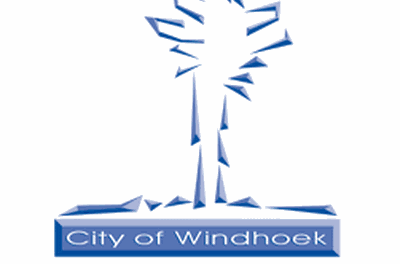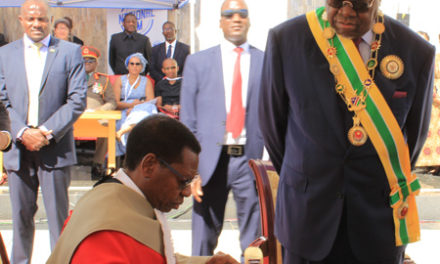
Central bank well placed to support economic recovery with monetary policy

Holding interest rates steady to support the nascent economic recovery, is the consensus view among all analysts polled by the Economist. Sharing this view is the Market Research Manager at First National Bank, Daniel Kavishe.
In the broader scheme of monetary policy, Kavishe said “As a policy tool across the world, [short term] interest rates remain central banks’ main lever to impact monetary policy within a given country. Theoretically, central banks hike interest rates when they feel that inflation is increasing at an unstable rate and if credit appetite is too high. Conversely, they will lower interest rates to stimulate borrowing, which will increase spending, investment and boost growth.”
“Central banks can also keep rates unchanged as they observe the behaviour of their current policy in action,’ he said.
On the local scene, Kavishe said Namibia follows a similar pattern but added “Our country is also unique as we form part of a greater monetary policy area, the Common Monetary Area. This means the Bank of Namibia tends to monitor general movements of interest rates within the area.”
Looking at the minutes of the latest Monetary Policy Committee meeting, he said the Bank of Namibia expects [real] growth to recover over the course of this year to 2.2% but because several indicators still point to a gradual recovery only, it opted to keep rates flat until the economy gathers steam.
The central bank expects inflation to continue trending down this year following the curve from 2016 to 2017 when average annual inflation decreased from 6.7% to 6.2%. “It is therefore this lower inflation forecast that potentially informed the decision to keep rates flat for longer,” Kavishe speculated.
On the collapse of new credit to the private sector in 2017, he expressed the hope that Private Sector Credit Extension will normalise, supporting the central bank’s notion to hold interest rates steady.
With foreign reserves at a healthy level, Kavishe said these are more than sufficient to maintain the Namibia Dollar’s external value link to the South African Rand.
Finally, keeping a keen eye on long term interest rates in the United States, he reckons the Bank of Namibia is in a good position to support local economic growth through monetary policy.












































